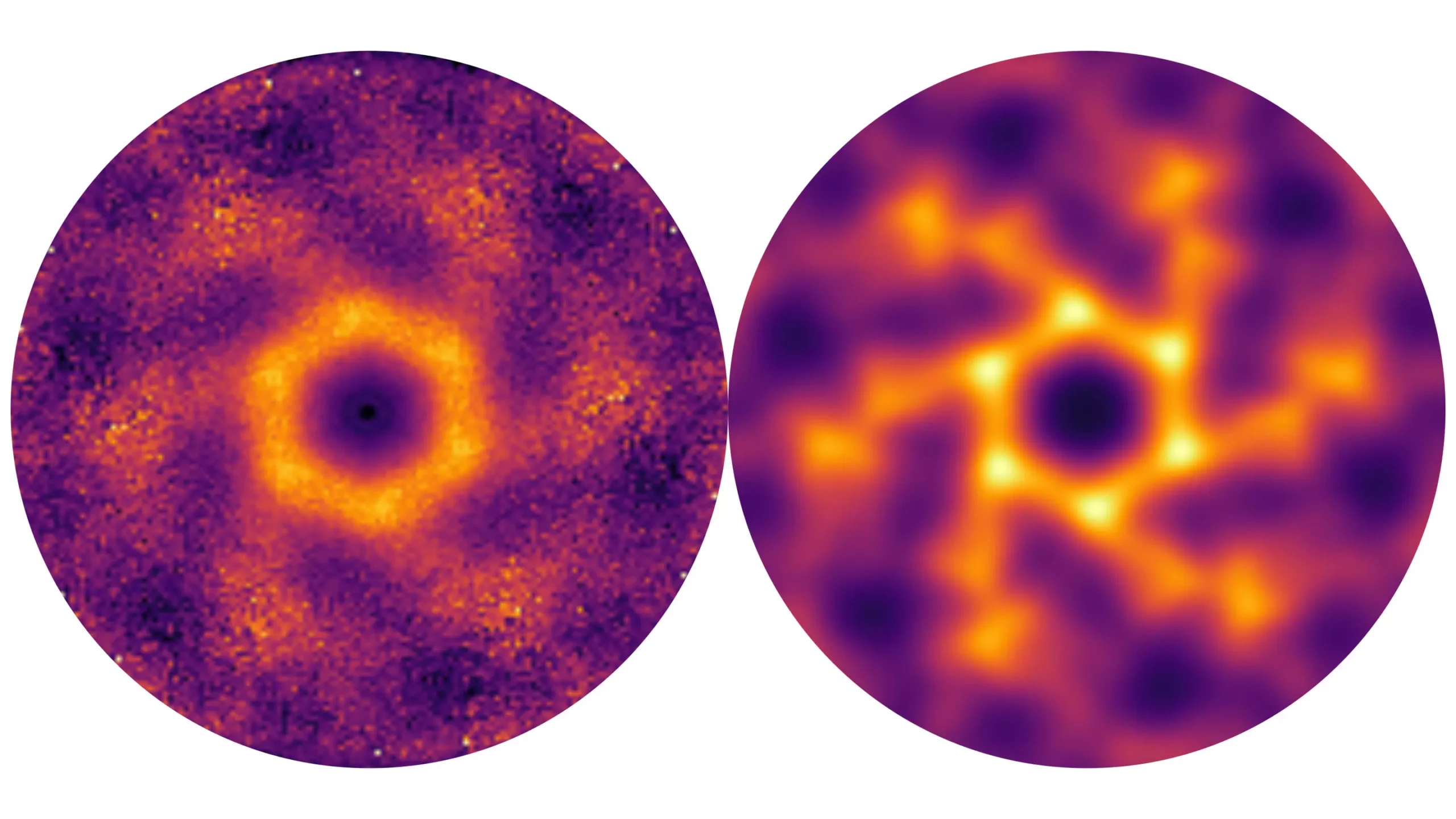A groundbreaking discovery has recently been made in the field of quantum physics, where a 3D quantum spin liquid has been identified within the langbeinite family. This discovery sheds light on the unique behavior induced by the specific crystalline structure of the material and its magnetic interactions.
Quantum spin liquids are a fascinating phenomenon where spins in a crystal lattice are unable to align to reach a minimum energy state, leading to magnetic frustration. This frustration can cause the spins to fluctuate in a disordered manner, even as the temperature approaches absolute zero, resulting in the material exhibiting properties of a quantum spin liquid.
Traditionally, quantum spin liquids were primarily studied in two-dimensional structures. However, recent research has demonstrated that this phenomenon can also occur in 3D structures, albeit less frequently. The discovery of 3D quantum spin liquids in langbeinite materials opens up new avenues for exploring the behavior of quantum spin liquids in varied contexts.
An international team conducted experiments at the ISIS neutron source to study a nickel-langbeinite sample. The presence of nickel ions in the crystal lattice led to the formation of trillium lattices, creating magnetic frustration that induced the quantum spin liquid behavior in the material. The researchers were able to observe magnetic fluctuations characteristic of quantum spin liquids, even at relatively higher temperatures of 2 Kelvin.
Theoretical modeling led by HZB theorist Johannes Reuther helped explain the experimental data by employing various methods, including Monte Carlo simulations and pseudo-fermion function renormalization group (PFFRG) calculations by Ph.D. student Vincent Noculak. The theoretical phase diagram revealed an ‘island of liquidity’ within the strongly frustrated tetratrillium lattice, demonstrating the complex interplay of magnetic interactions in 3D quantum spin liquids.
The discovery of 3D quantum spin liquids in langbeinite materials holds promise for advancing quantum computing technologies. Quantum spin liquids exhibit unique properties, including topologically protected phenomena, which could be utilized for developing stable qubits essential for future quantum computers.
Langbeinites represent a diverse class of materials that are largely unexplored. The study underscores the importance of investigating these materials to uncover novel quantum behaviors. Researchers have already synthesized new representatives of langbeinite materials, further expanding the exploration of 3D quantum spin liquids.
The discovery of 3D quantum spin liquids in the langbeinite family marks a significant milestone in the field of quantum physics. This breakthrough not only enhances our understanding of quantum phenomena but also opens up exciting possibilities for harnessing quantum spin liquids in future technological advancements.


Leave a Reply